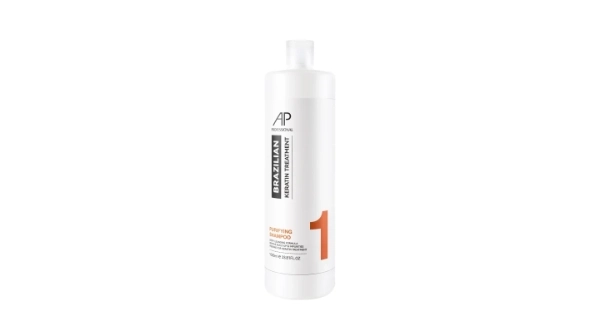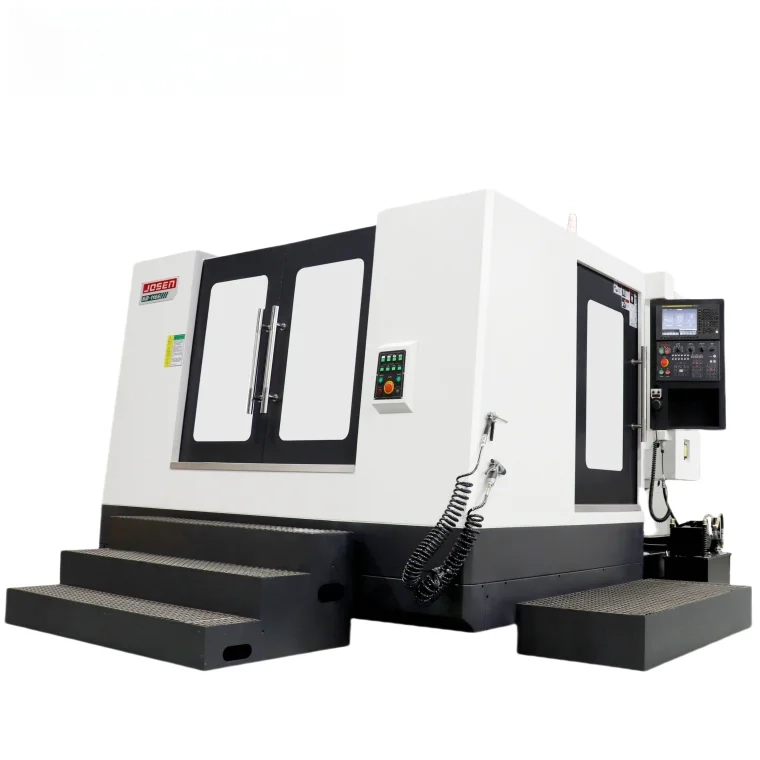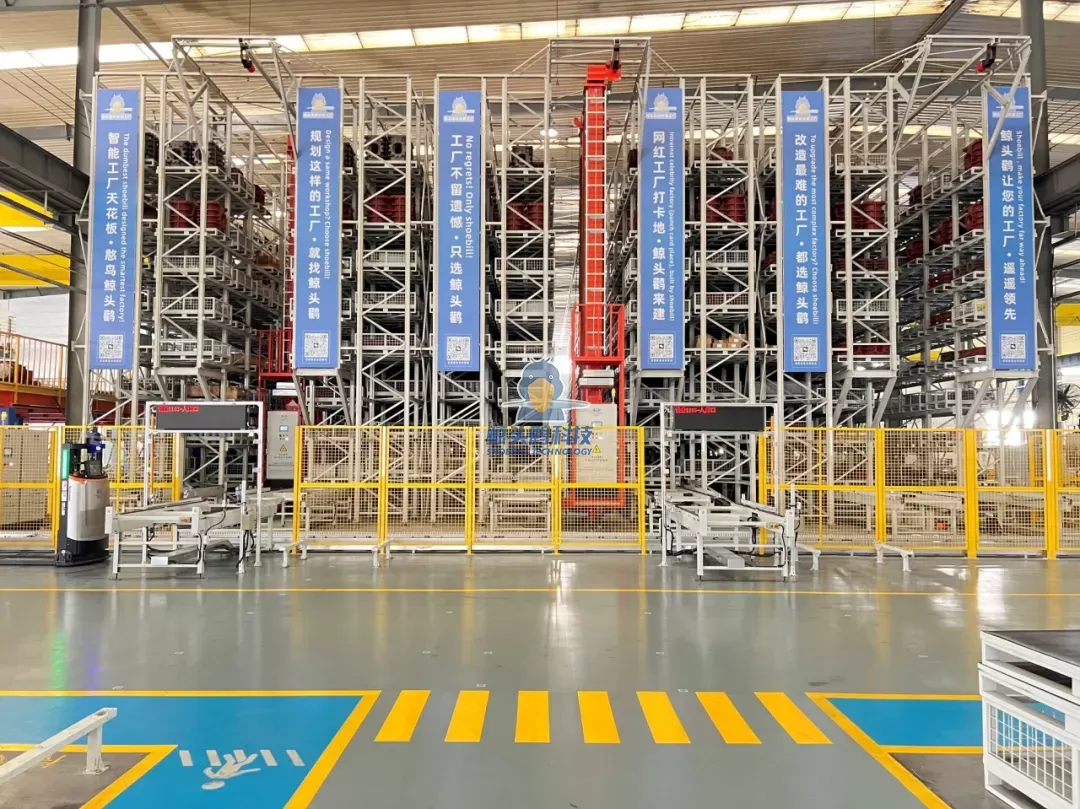When it comes to furnishing your home or office, the choice of table top material is crucial. Not only does it affect the aesthetic appeal of your space, but it also determines the longevity and functionality of the table. With a plethora of options available, understanding what constitutes the most durable table top material can be a daunting task. This article delves into various materials, their properties, and how they stand up to wear and tear, helping you make an informed decision.
Understanding Durability in Table Top Materials
Durability in table tops is defined by several factors, including resistance to scratches, heat, moisture, and stains. A durable table top should withstand daily use while maintaining its appearance and structural integrity over time. Here, we will explore some of the most popular materials used for table tops and evaluate their durability.
- Solid Wood
Pros:
- Aesthetic Appeal: Solid wood offers a timeless beauty and warmth that enhances any interior.
- Longevity: With proper care, solid wood can last for generations.
- Repairability: Scratches and dents can often be sanded out, allowing for easy maintenance.
Cons:
- Susceptibility to Moisture: Wood can warp or swell when exposed to excessive moisture.
- Scratches: While repairable, solid wood is prone to scratches and dents.
Conclusion: Solid wood is a durable option if maintained properly, but it may not be the best choice for high-moisture environments.
- Laminate
Pros:
- Cost-Effective: Laminate is generally more affordable than solid wood or stone.
- Scratch and Stain Resistance: High-pressure laminate surfaces are resistant to scratches and stains, making them ideal for busy households.
Cons:
- Heat Sensitivity: Laminate can be damaged by high heat, leading to warping or bubbling.
- Limited Repair Options: Once damaged, laminate surfaces are difficult to repair.
Conclusion: Laminate is an excellent choice for budget-conscious consumers looking for a durable surface, but it may not withstand extreme heat.
- Quartz
Pros:
- Non-Porous Surface: Quartz is engineered to be non-porous, making it resistant to stains and bacteria.
- Heat and Scratch Resistance: It can withstand high temperatures and is less likely to scratch compared to other materials.
Cons:
- Weight: Quartz is heavy, which can complicate installation and mobility.
- Cost: It tends to be more expensive than laminate and some wood options.
Conclusion: Quartz is one of the most durable materials available, ideal for both residential and commercial settings.
- Glass
Pros:
- Modern Aesthetic: Glass tops provide a sleek, contemporary look that can enhance any space.
- Easy to Clean: Glass surfaces are easy to wipe down and maintain.
Cons:
- Fragility: Glass can chip or shatter if subjected to heavy impact.
- Scratches: While resistant to stains, glass can scratch easily.
Conclusion: Glass is a stylish option but may not be the best choice for high-traffic areas due to its fragility.
- Metal
Pros:
- Strength and Durability: Metal table tops, particularly stainless steel, are incredibly durable and resistant to heat and moisture.
- Industrial Aesthetic: Metal offers a modern, industrial look that can complement various design styles.
Cons:
- Denting: While resistant to scratches, metal can dent if heavy objects are dropped on it.
- Temperature Sensitivity: Metal can become hot to the touch, which may be uncomfortable.
Conclusion: Metal is an excellent choice for durability and modern aesthetics, particularly in commercial settings.
Making the Right Choice
When selecting the most durable table top material, consider the following factors:
- Usage: Assess how the table will be used. For example, a dining table may require different durability features than a desk.
- Environment: Consider the environment where the table will be placed. High-moisture areas may necessitate materials like quartz or laminate.
- Aesthetic Preferences: Choose a material that complements your existing decor while meeting durability needs.
Final Thoughts
In conclusion, the most durable table top material depends on your specific needs and preferences. Solid wood offers beauty and longevity, while laminate provides affordability and ease of maintenance. Quartz stands out for its exceptional durability, and metal offers a modern touch. Ultimately, understanding the properties of each material will empower you to make a choice that balances durability, functionality, and style.







+ There are no comments
Add yours